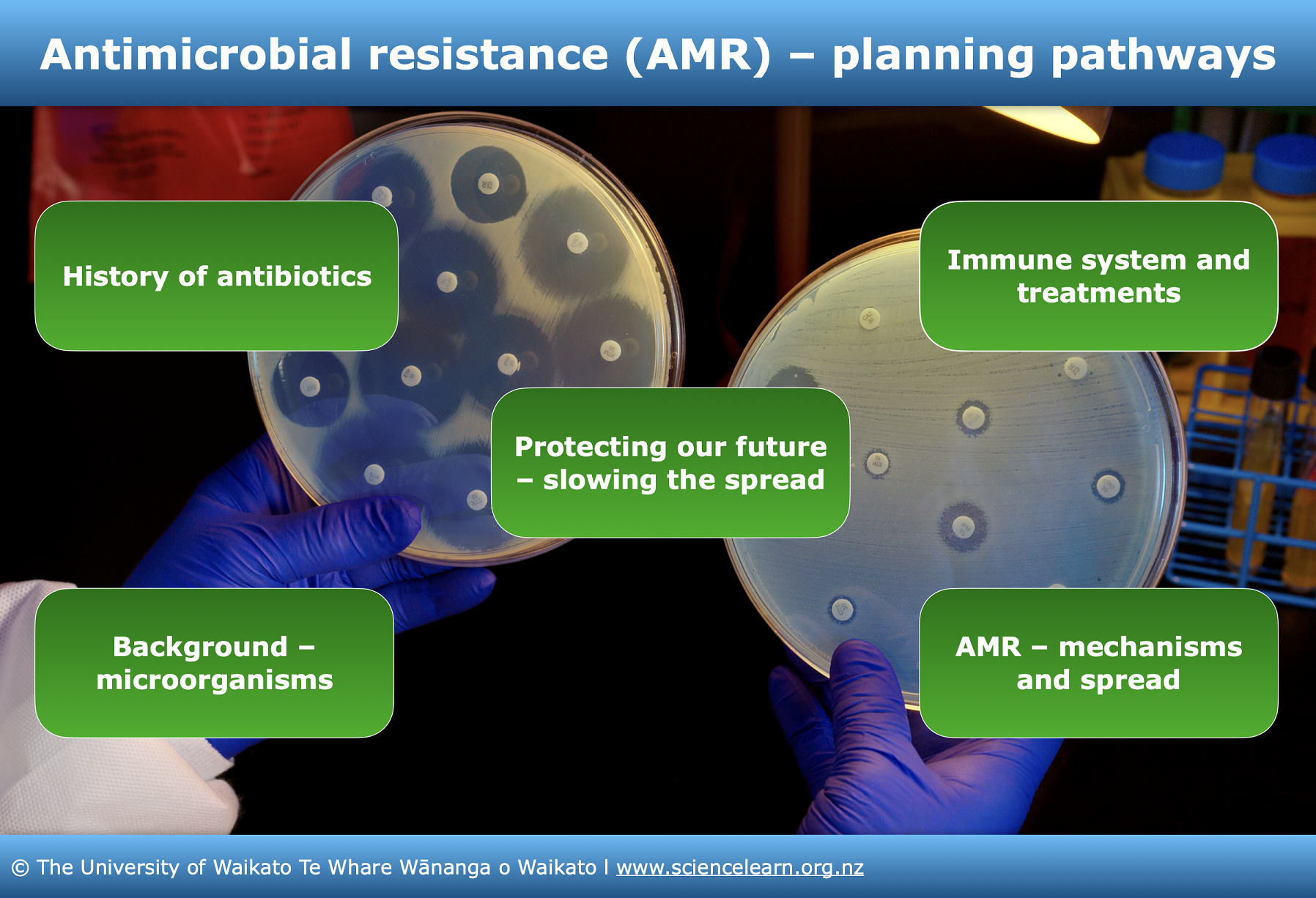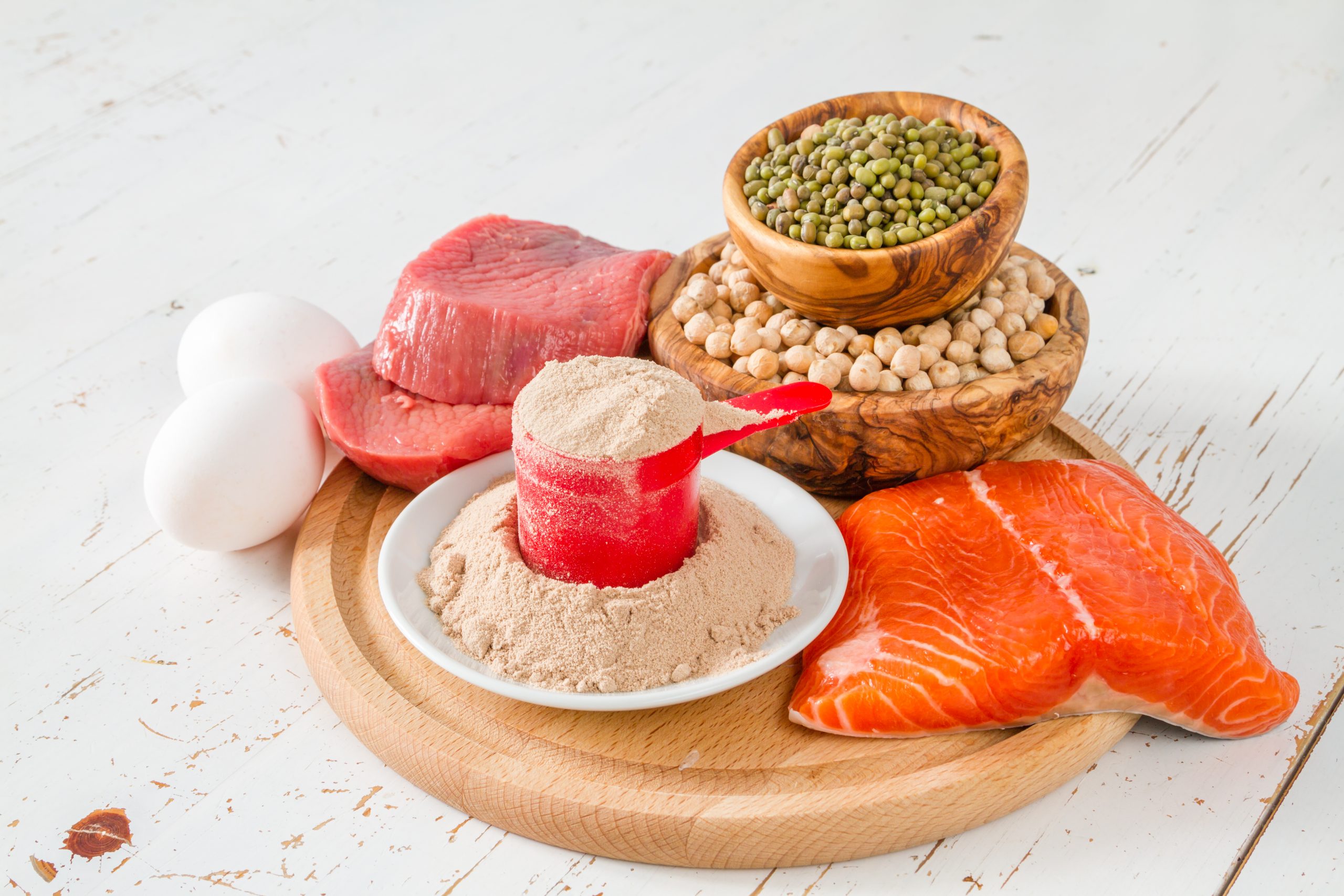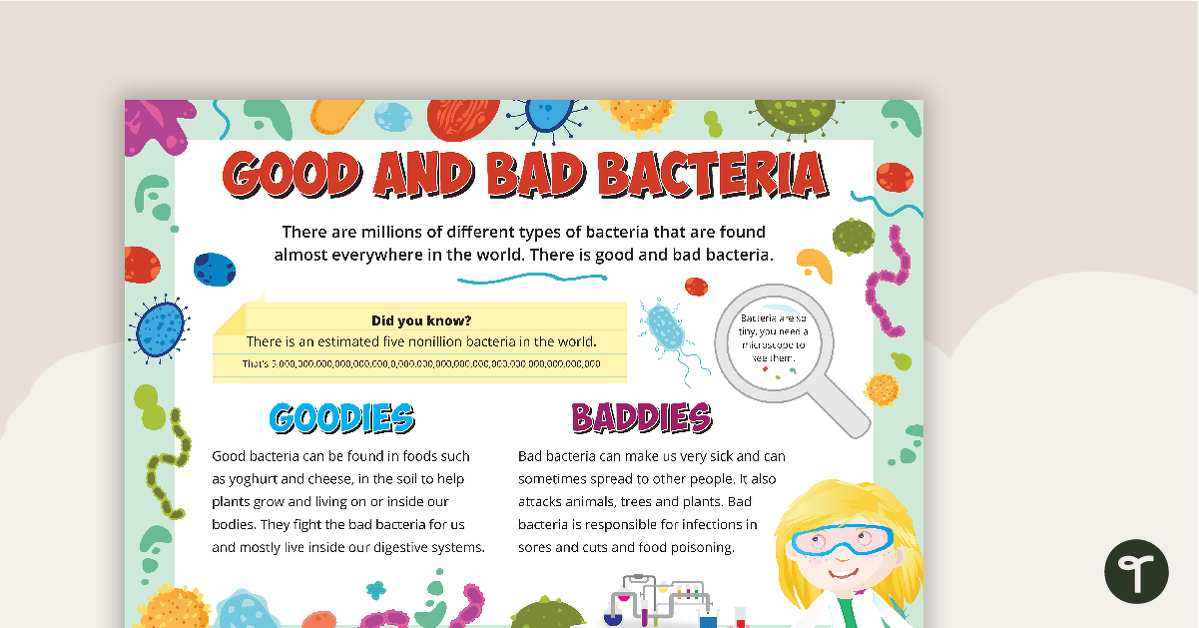Later chapters of this text will explore many applications of technology in depth, but for now, here is a brief overview of some of the fundamental tools of the microbiology lab. Growth media are used to grow microorganisms in a lab setting. Some media are liquids; others are more solid or gel-like. A growth medium provides nutrients, including
You have no idea how much you need nitrogen-fixing bacteria | Popular Science
Food Food provides energy and nutrients for bacteria to grow. High risk foods close high risk food When a food contains a particular range of nutrients and moisture it can only be stored for a

Source Image: pinterest.com
Download Image
From left to right, organisms and size: Salmonella enterica (1 μM), Saccharomyces cerevisiae (10 μM), and Escherichia coli (1 μM). Image sources: S. enterica, S. cerevisiae, E. coli Features of microbes Microbes are diverse creatures. Many have unique features and capabilities, yet they share a few common characteristics (Figure 2).

Source Image: healthline.com
Download Image
Major Micro-Organism Utilized in the food and beverage sector | Microorganisms, Fermentation, Food technologist Most bacteria grow best at about pH 7 and grow poorly or not at all below pH 4. Yeasts and molds, therefore, predominate in low pH foods where bacteria cannot compete. The lactic acid bacteria are exceptions; they can grow in high acid foods and actually produce acid to give us sour milk, pickles, fermented meats, and similar products.

Source Image: sciencelearn.org.nz
Download Image
What Types Of Food Do Microorganisms Need To Grow
Most bacteria grow best at about pH 7 and grow poorly or not at all below pH 4. Yeasts and molds, therefore, predominate in low pH foods where bacteria cannot compete. The lactic acid bacteria are exceptions; they can grow in high acid foods and actually produce acid to give us sour milk, pickles, fermented meats, and similar products. 9. Microbial Growth. Provided with the right conditions (food, correct temperature, etc) microbes can grow very quickly. Depending on the situation, this could be a good thing for humans (yeast growing in wort to make beer) or a bad thing (bacteria growing in your throat causing strep throat). It’s important to have knowledge of their growth
Antimicrobial resistance – planning pathways — Science Learning Hub
Chemical requirements. In order to grow successfully, microorganisms must have a supply of water as well as numerous other substances including mineral elements, growth factors, and gas, such as oxygen. Virtually all chemical substances in microorganisms contain carbon in some form, whether they be proteins, fats, carbohydrates, or lipids. Brewing up a superb protein – New Food Magazine

Source Image: newfoodmagazine.com
Download Image
Factors affecting the growth of microorganisms in food | Microorganisms in food, Microorganisms, Growth Chemical requirements. In order to grow successfully, microorganisms must have a supply of water as well as numerous other substances including mineral elements, growth factors, and gas, such as oxygen. Virtually all chemical substances in microorganisms contain carbon in some form, whether they be proteins, fats, carbohydrates, or lipids.

Source Image: pinterest.com
Download Image
You have no idea how much you need nitrogen-fixing bacteria | Popular Science Later chapters of this text will explore many applications of technology in depth, but for now, here is a brief overview of some of the fundamental tools of the microbiology lab. Growth media are used to grow microorganisms in a lab setting. Some media are liquids; others are more solid or gel-like. A growth medium provides nutrients, including

Source Image: popsci.com
Download Image
Major Micro-Organism Utilized in the food and beverage sector | Microorganisms, Fermentation, Food technologist From left to right, organisms and size: Salmonella enterica (1 μM), Saccharomyces cerevisiae (10 μM), and Escherichia coli (1 μM). Image sources: S. enterica, S. cerevisiae, E. coli Features of microbes Microbes are diverse creatures. Many have unique features and capabilities, yet they share a few common characteristics (Figure 2).

Source Image: in.pinterest.com
Download Image
What is lab-grown meat? How it’s made, environmental impact and more – BBC Science Focus Magazine Jan 5, 2024Bacteria. Bacteria are the most common and significant microorganisms, participating in the preservation and spoilage of food. Lactic acid bacteria (LAB) can produce organic acids like hydrogen peroxide, inhibiting the growth of harmful bacteria. LAB can also inhibit the growth of pathogens and enhance the development of immune cells and

Source Image: sciencefocus.com
Download Image
Microorganisms – Good and Bad Bacteria Poster | Teach Starter Most bacteria grow best at about pH 7 and grow poorly or not at all below pH 4. Yeasts and molds, therefore, predominate in low pH foods where bacteria cannot compete. The lactic acid bacteria are exceptions; they can grow in high acid foods and actually produce acid to give us sour milk, pickles, fermented meats, and similar products.

Source Image: teachstarter.com
Download Image
Inhibiting the growth of microorganisms in vitro | PPT 9. Microbial Growth. Provided with the right conditions (food, correct temperature, etc) microbes can grow very quickly. Depending on the situation, this could be a good thing for humans (yeast growing in wort to make beer) or a bad thing (bacteria growing in your throat causing strep throat). It’s important to have knowledge of their growth

Source Image: slideshare.net
Download Image
Factors affecting the growth of microorganisms in food | Microorganisms in food, Microorganisms, Growth
Inhibiting the growth of microorganisms in vitro | PPT Food Food provides energy and nutrients for bacteria to grow. High risk foods close high risk food When a food contains a particular range of nutrients and moisture it can only be stored for a
Major Micro-Organism Utilized in the food and beverage sector | Microorganisms, Fermentation, Food technologist Microorganisms – Good and Bad Bacteria Poster | Teach Starter Jan 5, 2024Bacteria. Bacteria are the most common and significant microorganisms, participating in the preservation and spoilage of food. Lactic acid bacteria (LAB) can produce organic acids like hydrogen peroxide, inhibiting the growth of harmful bacteria. LAB can also inhibit the growth of pathogens and enhance the development of immune cells and